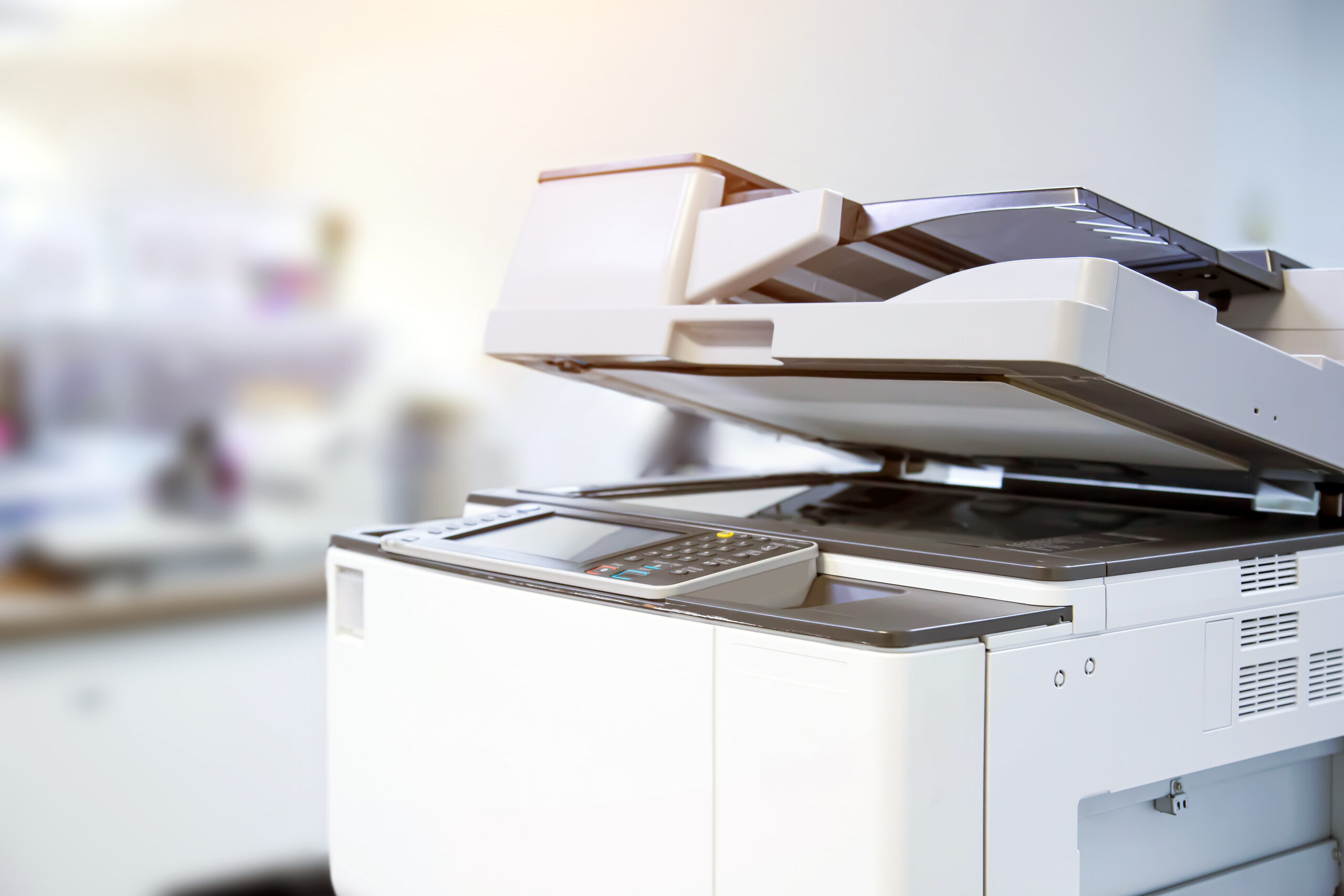The average school with 1,000 students spends roughly $3,000–$4,000 a month on paper, ink, and toner. That’s a serious drain on already‑tight budgets—but it’s also a huge opportunity. More districts are uncovering K‑12 in‑house printing cost savings by bringing their print jobs closer to home and keeping the money in the classroom.
Below you’ll find the why, the how, and the quick wins districts are banking on right now.
K‑12 In‑House Printing Cost Savings: The Numbers
Outsourcing used to be the only game in town. Now, modern multifunction devices and cloud‑based print management let schools cut per‑page costs by as much as 50 percent while taking back control of quality and turn‑times.
Where the savings come from:
- Lower cost per page: Black‑and‑white pages drop to 1–2¢ each; color falls under a dime.
- No more rush fees: Last‑minute curriculum changes? Print on demand and skip the overnight markup.
- Less waste: Teachers print exactly what they need, when they need it, no pallets of outdated workbooks.
- District‑wide economies of scale: Centralized print hubs let multiple schools share high‑volume equipment and consumables.
Tech That Makes It Possible
Budget‑friendly doesn’t mean low‑tech. Today’s education-ready printers come loaded with:
- Duplex printing and stapling to shrink paper use
- Secure release queues so student data doesn’t sit unattended
- Cloud and Chromebook support (print from anywhere)
- Analytics dashboards that show who’s printing what and why
Add a dash of print‑management software and IT can set quotas, force black‑and‑white for drafts, and flag rogue color jobs before they hit the tray.
Hidden Fees You Skip
External vendors rarely advertise these extras, but they all end up on your invoice:
- Setup charges for every new file
- Minimum‑order thresholds—print 2,000 or bust
- Delivery and handling (especially for oversize items)
- Change fees when a teacher tweaks page 7 after proofing
Run the same job in‑house and most of those line items disappear.
Environmental & Educational Wins
- Greener footprint: Tight control over print rules slashes paper usage and energy draw.
- Custom learning: Teachers whip up differentiated worksheets on the fly instead of waiting days for a job ticket.
- Student engagement: Full‑color graphics and posters become affordable, boosting visual learning without wrecking the budget.
Real World Results
Independent ed‑tech audits show that districts that bring printing in‑house typically cut annual print costs by 30–50 percent within the first 12 months while trimming paper waste by nearly a third. Arizona’s Deer Valley USD transformed its print shop into an Integrated Resource Center and now saves schools around 50 percent compared with outside vendors, racking up $362 K in savings over six years while generating new revenue from neighboring districts. By centralizing its print fleet and adding usage quotas this district is proving the benefits scale no matter your school system’s size.
Ready to Try It? 5 Fast Tips
- Audit first: Map current volumes, devices, and costs to spot low‑hanging fruit.
- Right‑size the fleet: Choose high‑yield printers that sip toner and stand up to daily class loads.
- Deploy management software: Enforce smart defaults (duplex, draft mode) and track savings in real time.
- Train your staff: A 15‑minute PD session can curb wasteful habits and build buy‑in.
- Review quarterly: Use usage reports to fine‑tune quotas and predict supply needs.
Final Thoughts
In‑house printing isn’t a luxury anymore—it’s a budget‑savvy, student‑centric move that pays dividends all year long. Curious what your district could save? Let’s crunch the numbers together.
